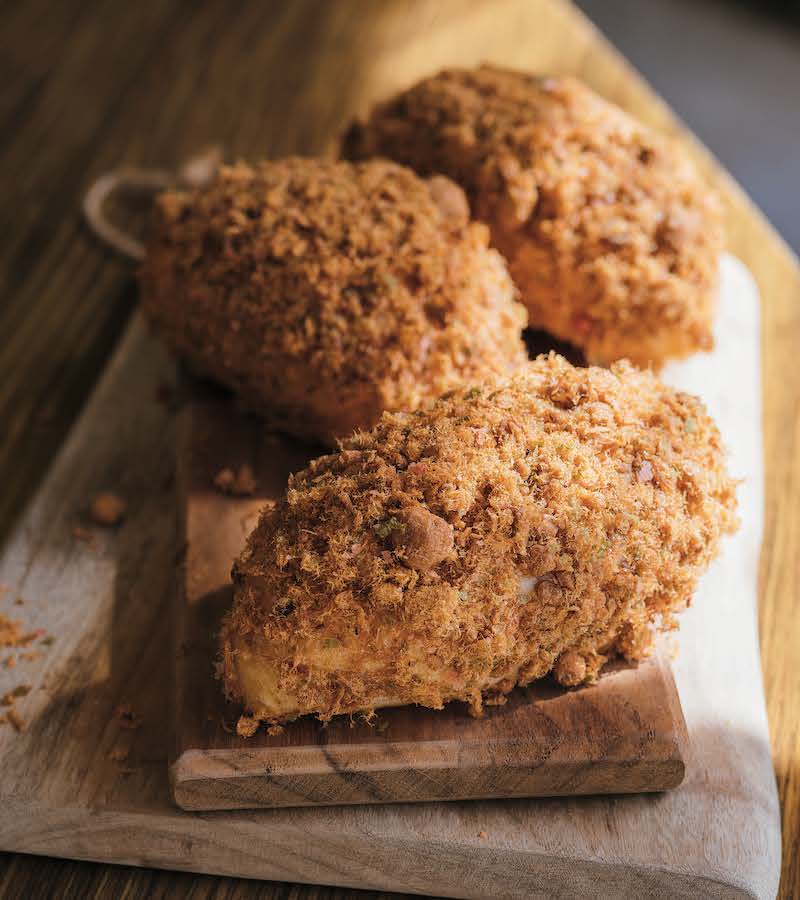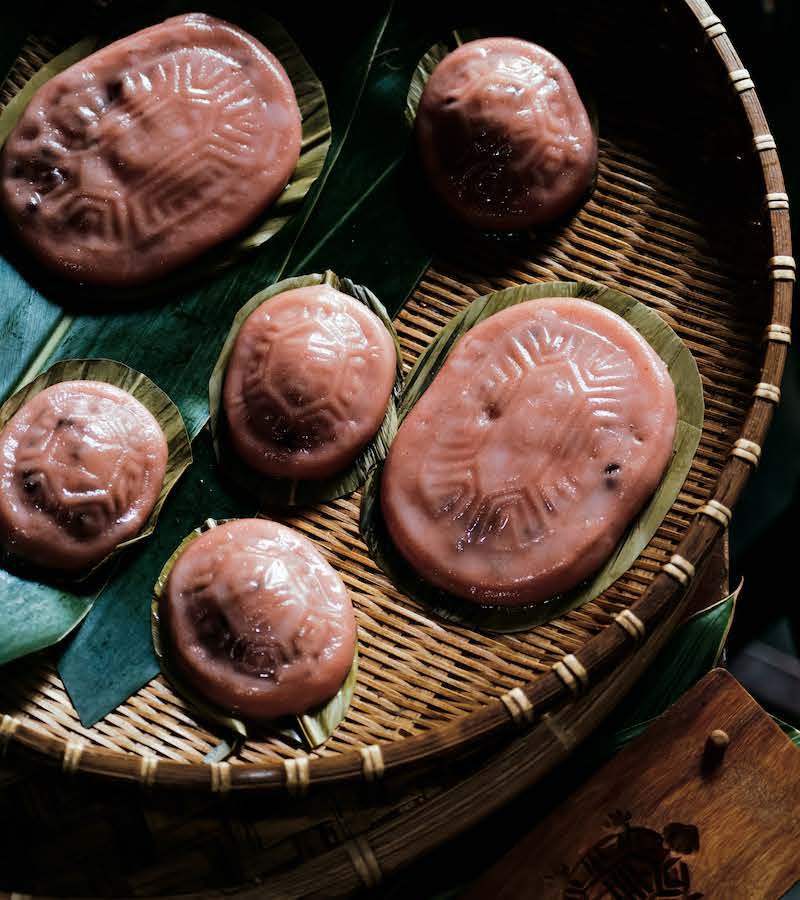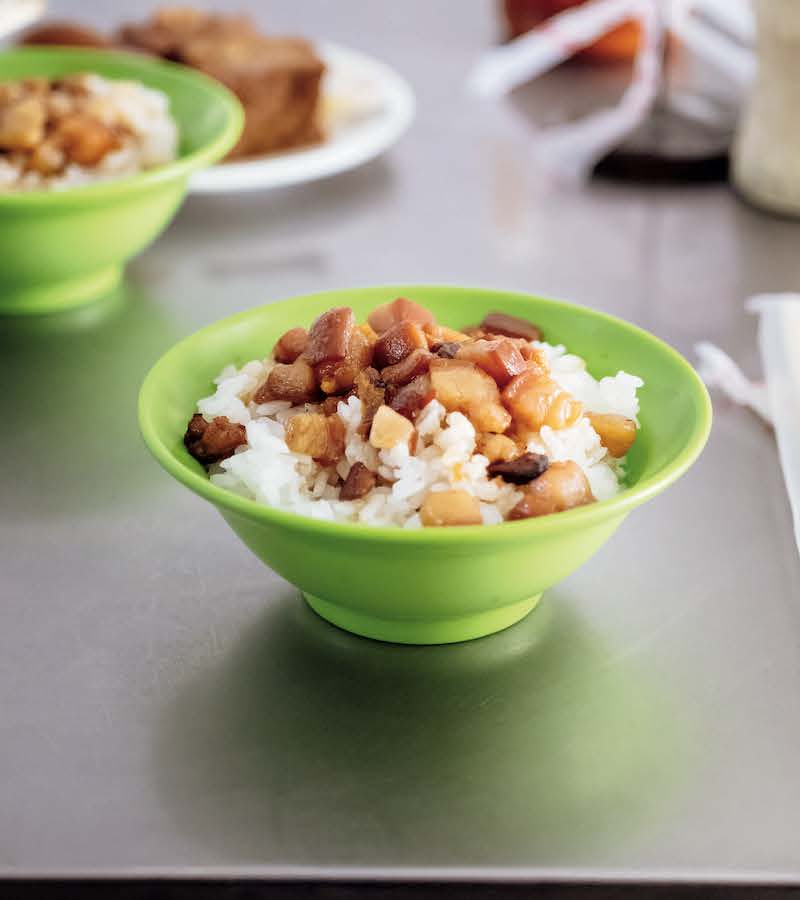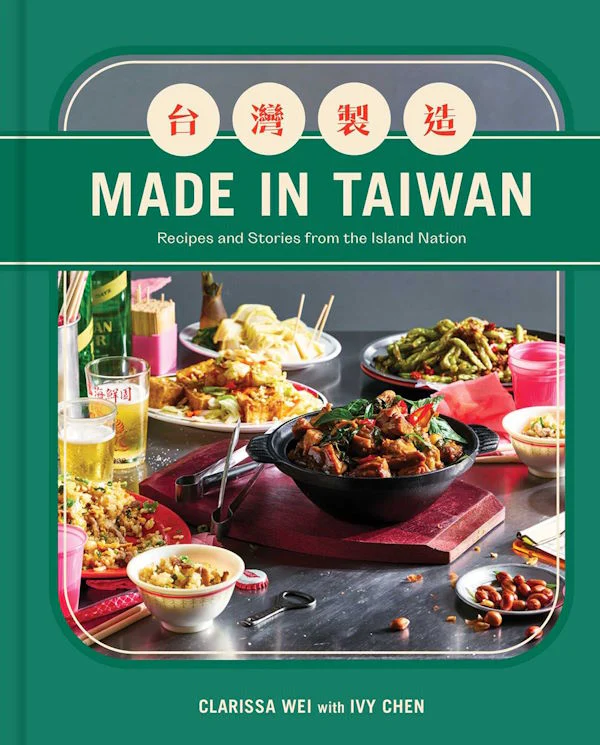Made in Taiwan
Written by Clarissa Wei with Ivy Chen
Photographs by Yen Wai and Ryan Chen
Publication date: September 19, 2023
384 pages
ISBN: 978-1982198978
If you’ve been waiting for an English-language cookbook featuring Taiwanese recipes, “Made in Taiwan” by Clarissa Wei, with Ivy Chen, just might fit your order. The book’s recipes are organized menu-style, grouping dishes by meal, course, and occasion, beginning with Breakfast (p 41) and closing out with a section dedicated to Basics and Sauces (p 355). In fact, a recipe for a homemade version of the Bullhead ShaCha Barbecue sauce, a key component of Taiwan’s quintessential take on hot pot, can be found on page 371.
The old adage that breakfast is the most important meal of the day is one observed by many Taiwanese, and the recipes of “Made in Taiwan” open with warm dishes, such as Rice Noodle Soup (p 45) and Shiitake and Pork Congee (p 46), meant to nourish and to whet one’s appetite. But for those seeking to get the most from this 383-page tome, the true starter includes the must-read Introduction (p 11) and a section dedicated to Equipment (p 37) for those unfamiliar with the various accouterments of Taiwanese cookery. Not only are items helpfully laid out in beautiful pictures, but use and maintenance of these objects is also covered.
Recipes vary from fairly simple to the more complex. For instance, more than a dozen ingredients are listed for the book’s version of Pork Floss Milk Bread (p 66) which has narrative instructions along with a large glossy pic of the delectable anytime favorite. The popular Three Cup Chicken (p 209) can be found between the book’s covers in a section entitled Beer Food. There’s even a section for Sweets (p 311) in liquid and solid form, owing to the Taiwanese penchant for sweets. Yes, the book is attractively laid out, but if there is a criticism, it’s that the font probably would have benefitted from being bumped up a point or two for easier reading.

Fans of Taiwanese cuisine will likely enjoy the book’s featurettes, from its homage to the Tatung multicooker to tips on how to score the best ingredients at the wet market. The section dedicated to Night Market favorites may be of especial interest to those looking to create homemade versions of delicious offerings like Fried Stinky Tofu (p 230) and Black Pepper Buns (p 233) made famous by travelers via social media. Notably included within the collection are recipes perhaps common to the kitchen of a Taiwanese grandmother but rarely seen in cookbooks, see Red Tortoise Kueh (p 268).

The volume also puts the spotlight on the dishes of Tainan, Taiwan’s oldest city, by dedicating more than 30 pages to its recipes and culture. The Braised Minced Pork Belly (p 91) may resemble some dishes from other parts of Asia, but the use of the Taiwanese soy sauce, unprocessed sugar, and shallots are essential to the flavor profile so evocative of Tainan. Some dishes just transcend geographical borders because the peoples from whom they originate are themselves a diaspora. Such is the case of the Hakkas, thought to have roots in North China, but whose footprints marked the central Chinese plains centuries ago to reach nearly every corner of the globe, with Taiwan as no exception. “Made in Taiwan” is perhaps the most inclusive book of its type, including references to the island’s vast indigenous nations (p 180) as well as dishes born of its Hakka population (p 192-201).

“Made in Taiwan” reads as part cookbook, part ethnography. Yes it’s filled with glossy pictures of food and detailed recipes that include metric measurements, but it is also filled with glimpses into Taiwan’s past and current culture. Just as the sweet palate of the Taiwanese forms a common thread throughout many of the featured dishes, so, too, do the sweet stories connect readers to the people of Taiwan. “Made in Taiwan” would make for a delectable addition to your home or local library.
Review by Jennifer Chan. Editing assistance by Molly Higgins and Emily Espanol.
Book reviews and author interviews featured on APALAweb.org are reflective of the reviewer and interviewer only and are conducted separately from and independently of APALA and the APALA Literature Awards Committee and juries.

